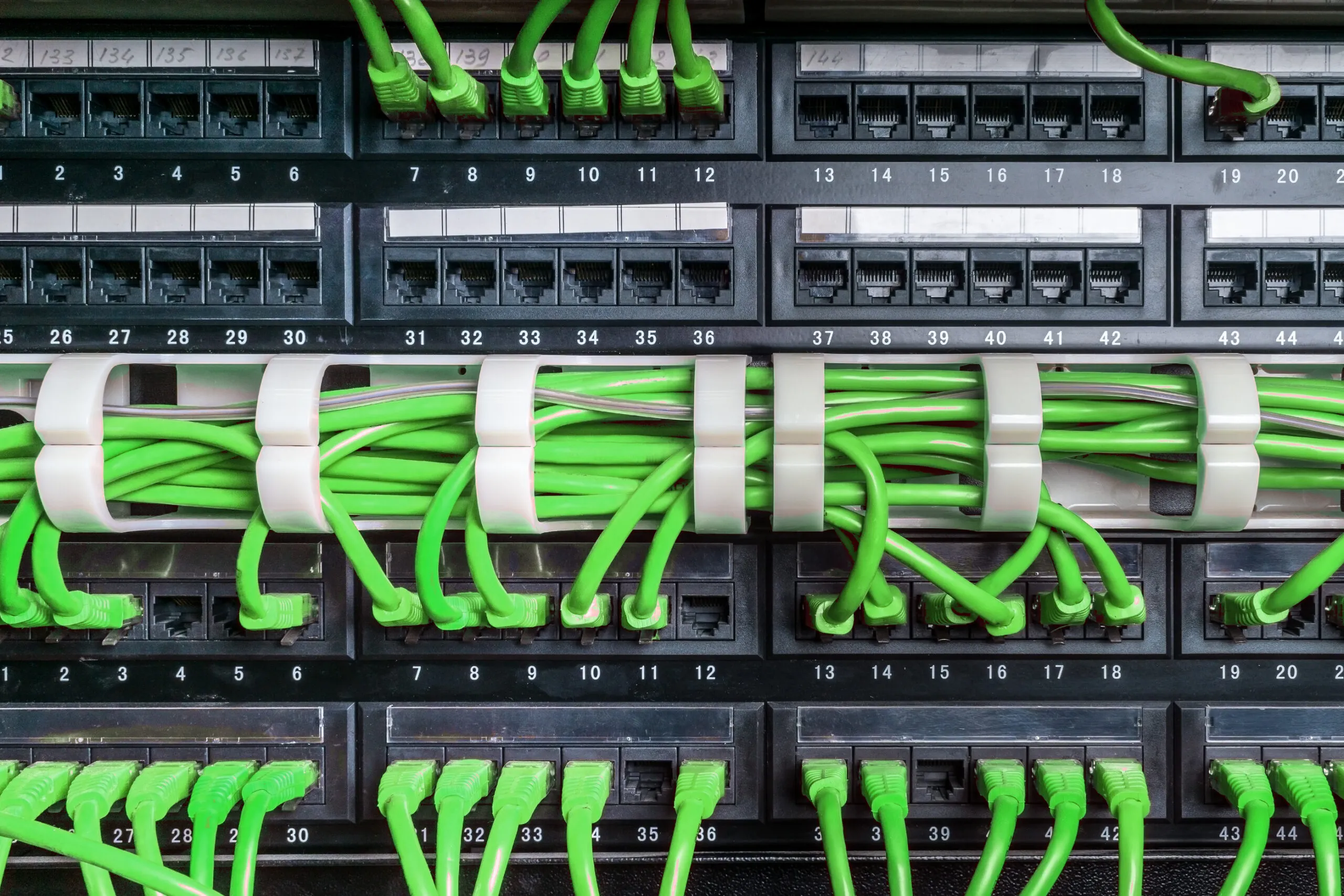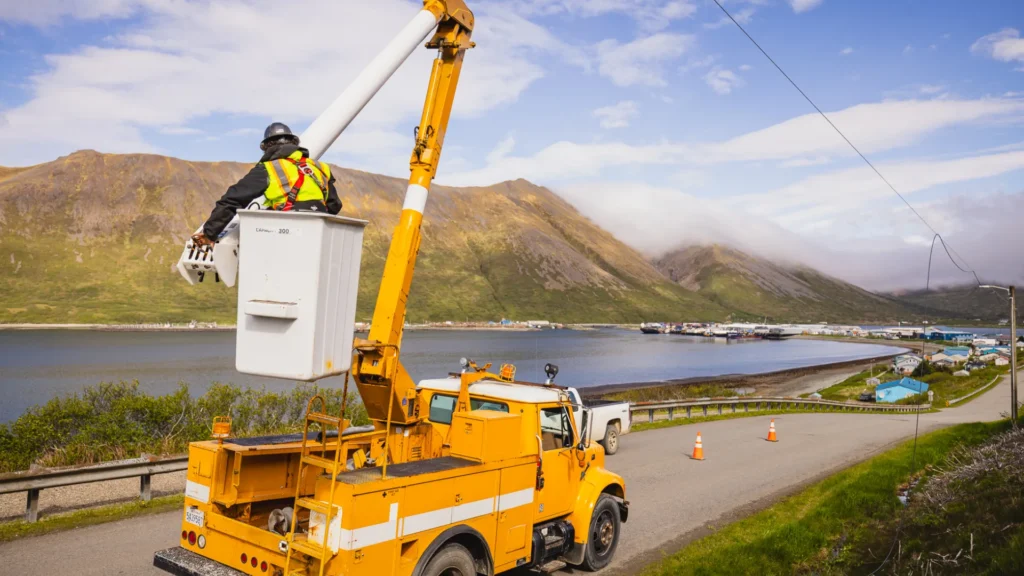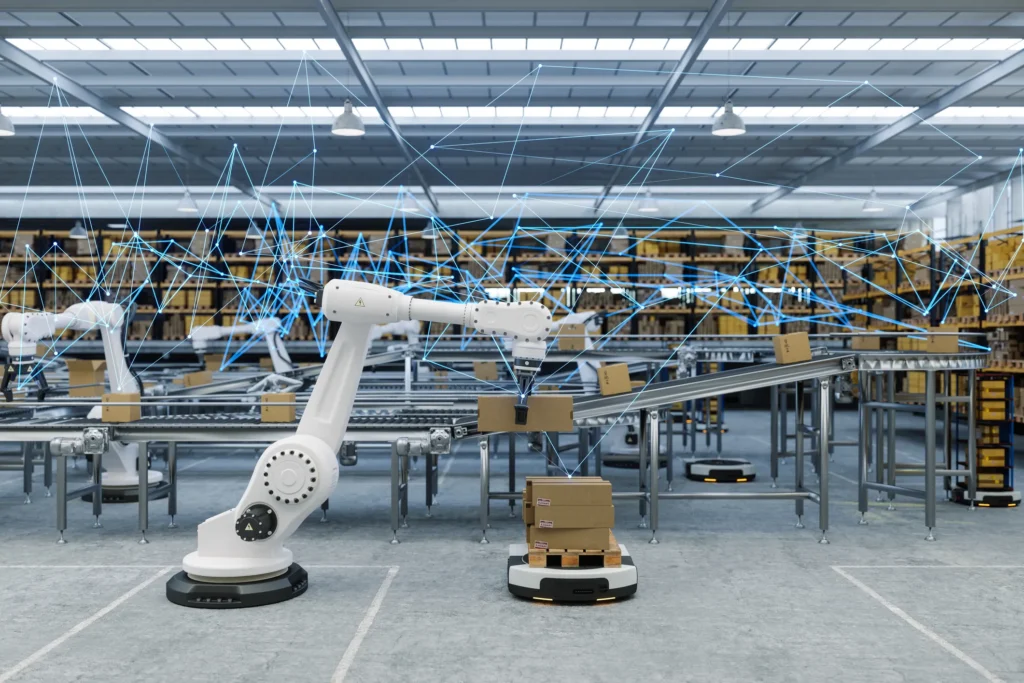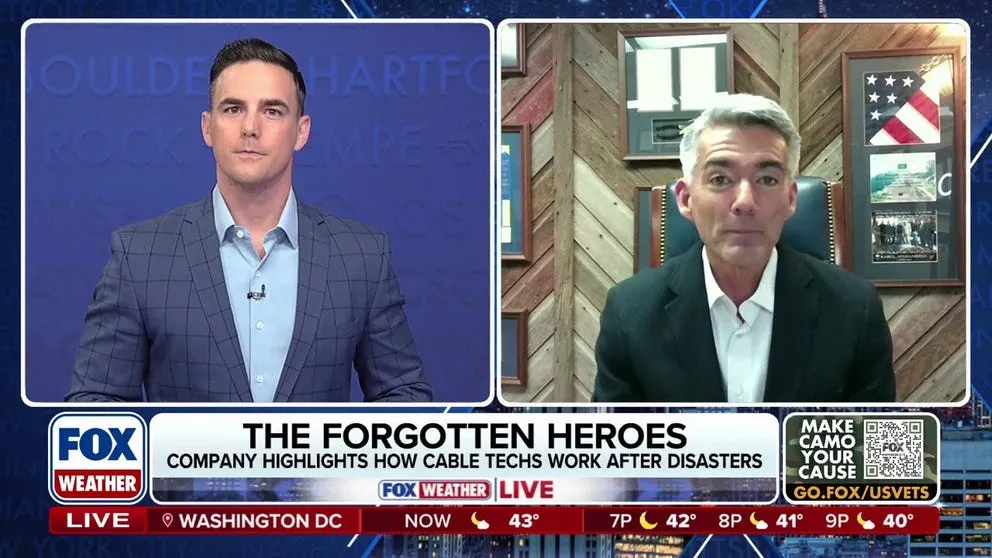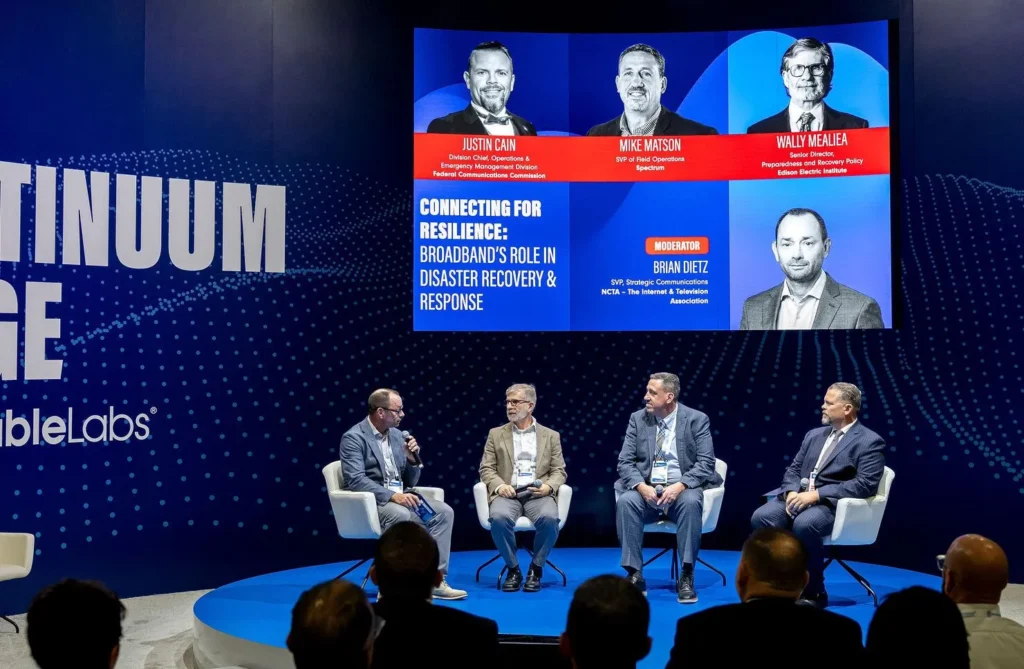We have reached a point of digital ubiquity. We expect fast, reliable internet access, be it wired broadband, Wi-Fi, or cellular, wherever we go and whenever we want. But this phase of hyper-connectivity requires networking equipment working behind the scenes to keep us connected, and this equipment uses energy. That’s why in 2015 NCTA and the Consumer Technology Association (CTA) led the establishment of a voluntary industry agreement to improve the energy efficiency of small network equipment (SNE).
The agreement, called the Voluntary Agreement for Ongoing Improvement to the Energy Efficiency of Small Network Equipment, is already having an enormous effect on energy efficiency. A new report by independent auditor D+R International showed that already more than 98 percent of the network equipment purchased by providers and sold at retail by the signatories met the energy standards set in the VA. D+R also reported a 17 to 34 percent decrease from 2015 to 2016 in energy usage (tested in idle mode) when measured against broadband speed. This is great news, especially when the energy demands on this equipment are being stretched to support consumers’ appetite for faster broadband speeds, better Wi-Fi signal strength and capacity, and support for the ever-growing internet of things.
This isn’t the first time a voluntary energy agreement has led to remarkable savings for cable customers. We proudly wrote in early August that a report had been issued highlighting the success of the Voluntary Set-Top Box Energy Agreement. Similar to the SNE agreement, the set-top box VA was designed to promote more energy efficient set top boxes. D+R’s most recent annual audit report revealed that in the four years since being signed, the agreement has saved Americans more than $2 billion in energy costs and avoided 11.8 million metric tons of carbon dioxide emissions. This is great news for consumers and it’s no surprise that its success was the model for the SNE voluntary agreement.
The SNE voluntary agreement was signed by service providers AT&T/DIRECTV, Comcast, Cablevision, Charter/Time Warner Cable/Bright House Networks, Cox, CenturyLink, and Verizon. It was also signed by manufacturers like Netgear, Actiontec, ARRIS/Pace, Technicolor and D-Link. CableLabs has also played a leading role in researching and developing energy efficiency strategies and in supporting the ongoing implementation of the Voluntary Agreement. You can see a full list of signatories plus details on the agreement here.
The SNE agreement is set to expire after the next report in 2018. Fortunately, all parties are working to renew the agreement and further the great strides already made.
As the connectivity revolution continues, voluntary agreements will continue to promote energy efficiency, protect continuous innovation, and save consumers money.
You can see D+R International’s full report here.

